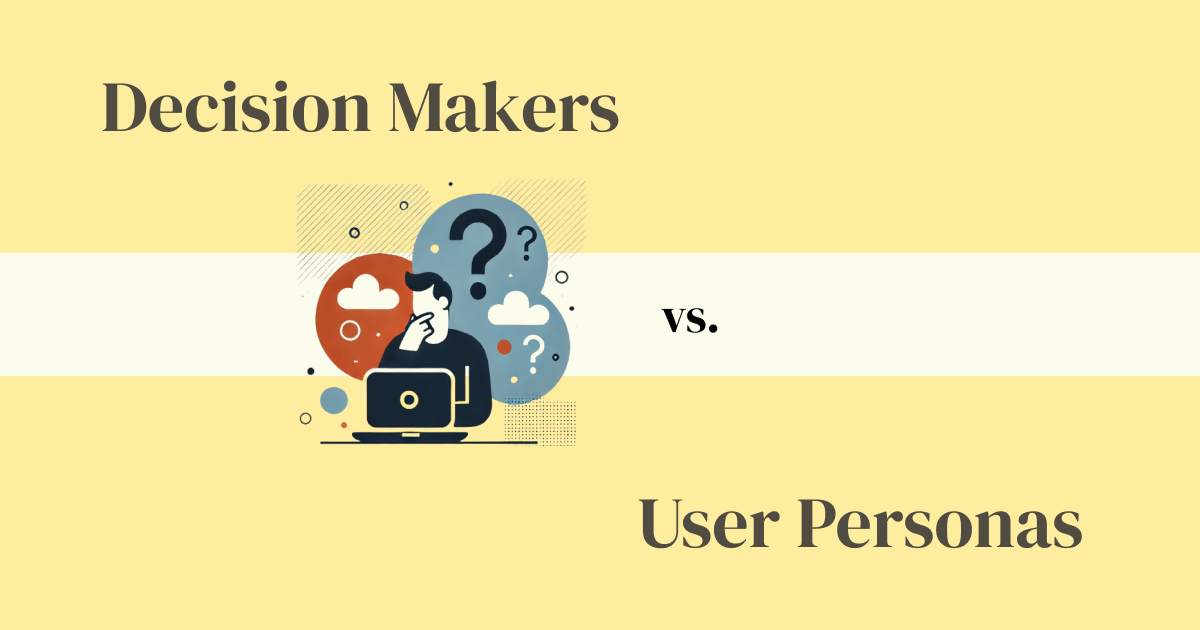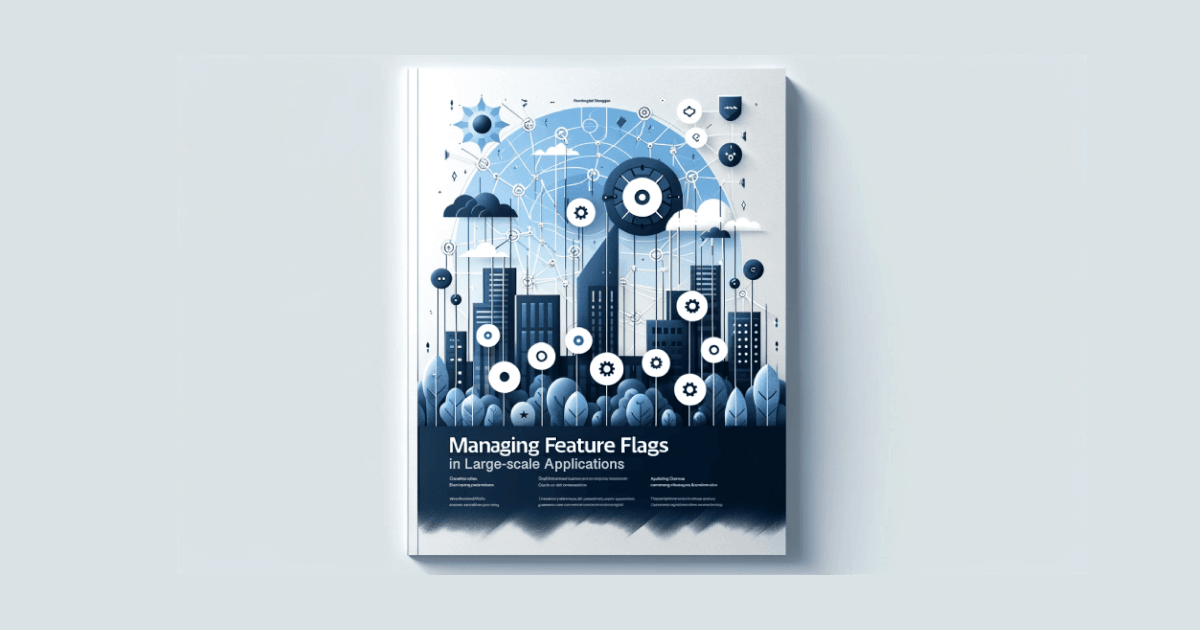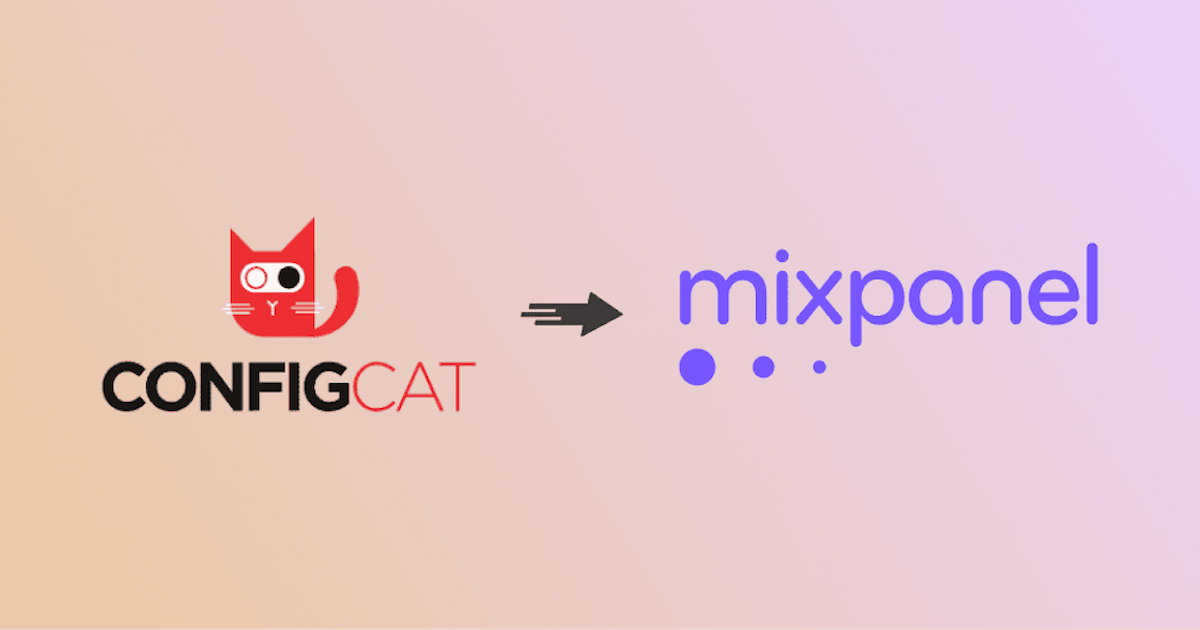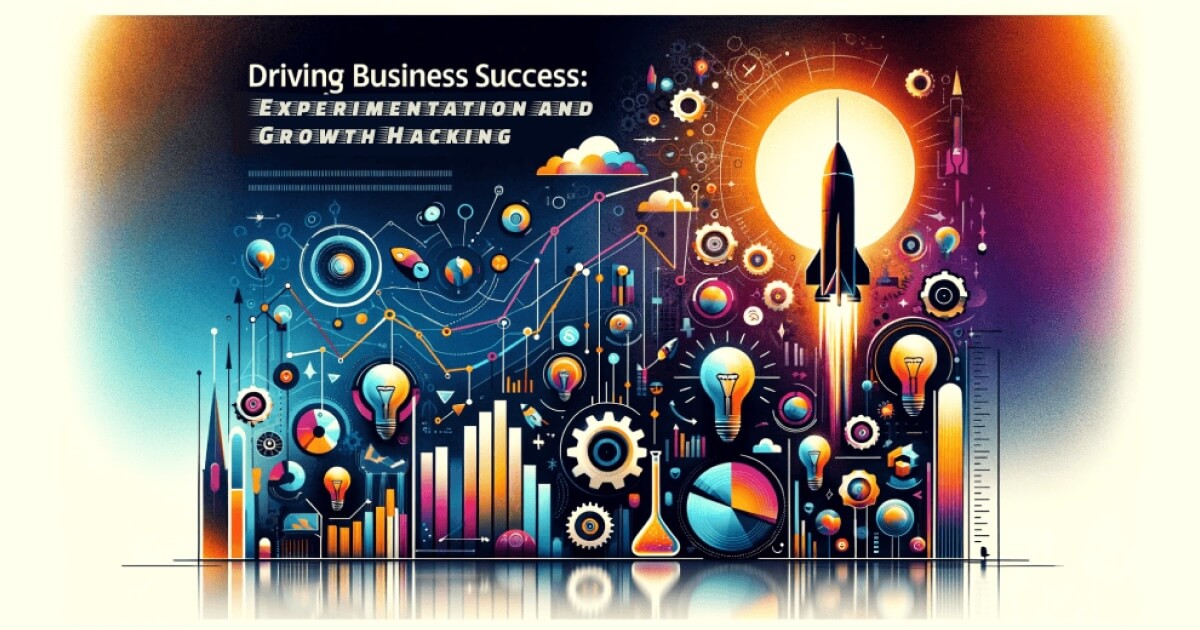In the current era of digital globalization, the ambition to launch software on a global scale is more than a mere aspiration; it's a necessity for businesses seeking to stay competitive and relevant. Imagine a world where your software reaches every corner of the globe, where your application speaks to users in the bustling streets of Tokyo, the vibrant markets of Mumbai, the sleek offices of New York, and the cozy cafes of Paris.
This is the dream of global software deployment, a software product that transcends borders, reaching a global audience. However, the path to achieving this global reach is fraught with obstacles that test the mettle of even the most seasoned developers and business strategists. It's a dream that brings with it a complex maze of challenges and opportunities.
Understanding and catering to diverse user groups is not just about translating content but about truly grasping the varied needs, preferences, and cultural nuances. A one-size-fits-all approach can lead to a product that fits none perfectly. This introduces the need for a sophisticated feature management strategy that respects and addresses the intricacies of global markets.












